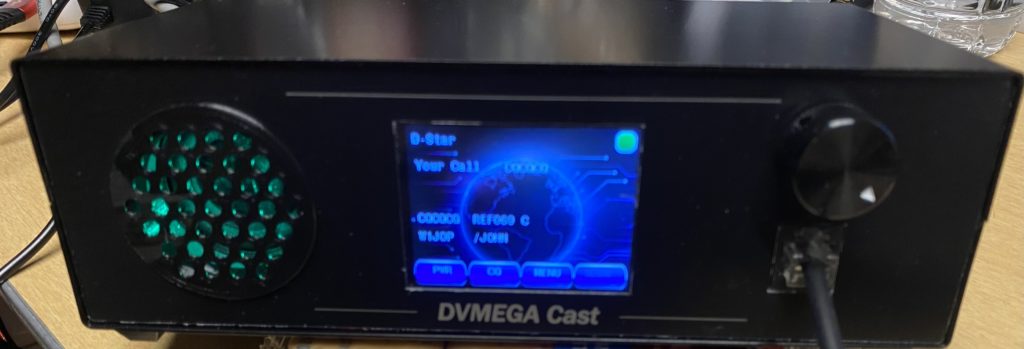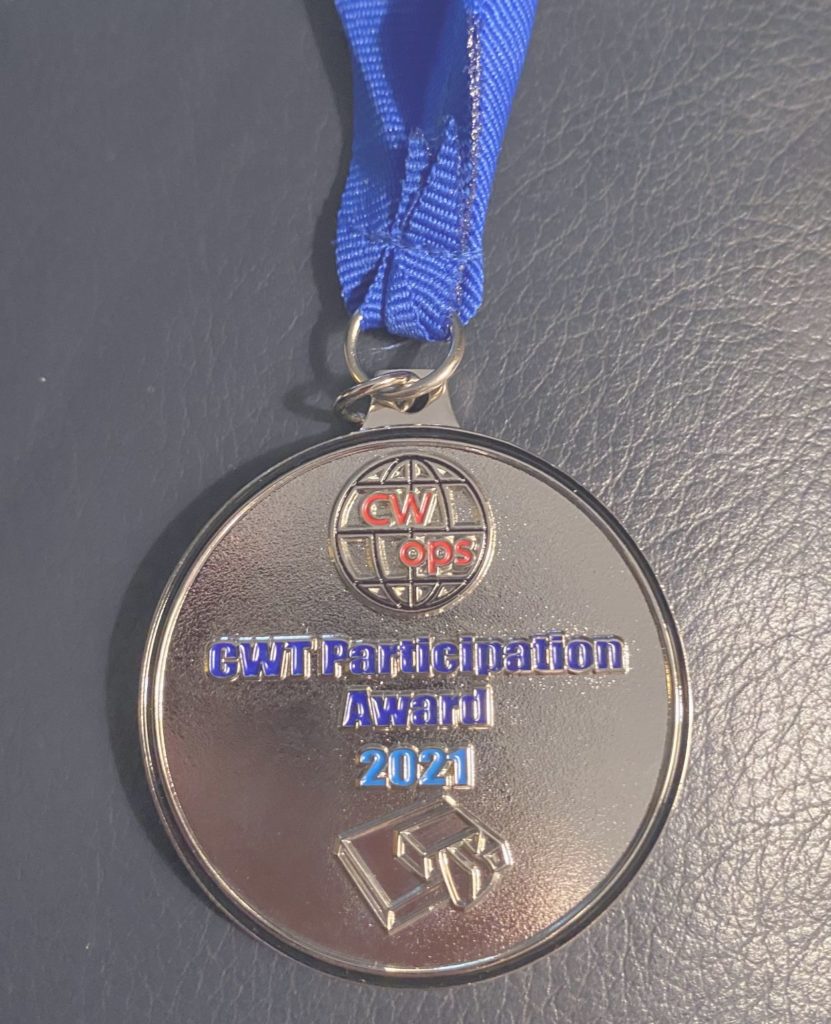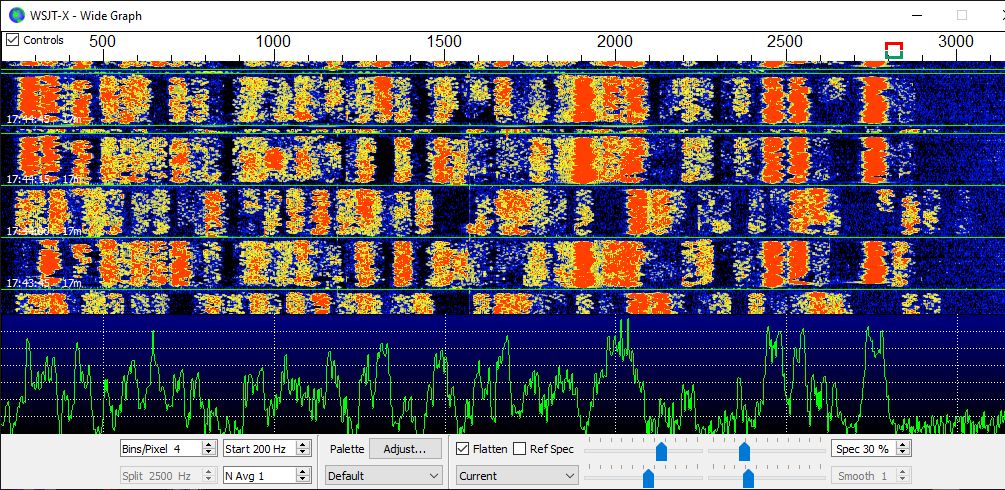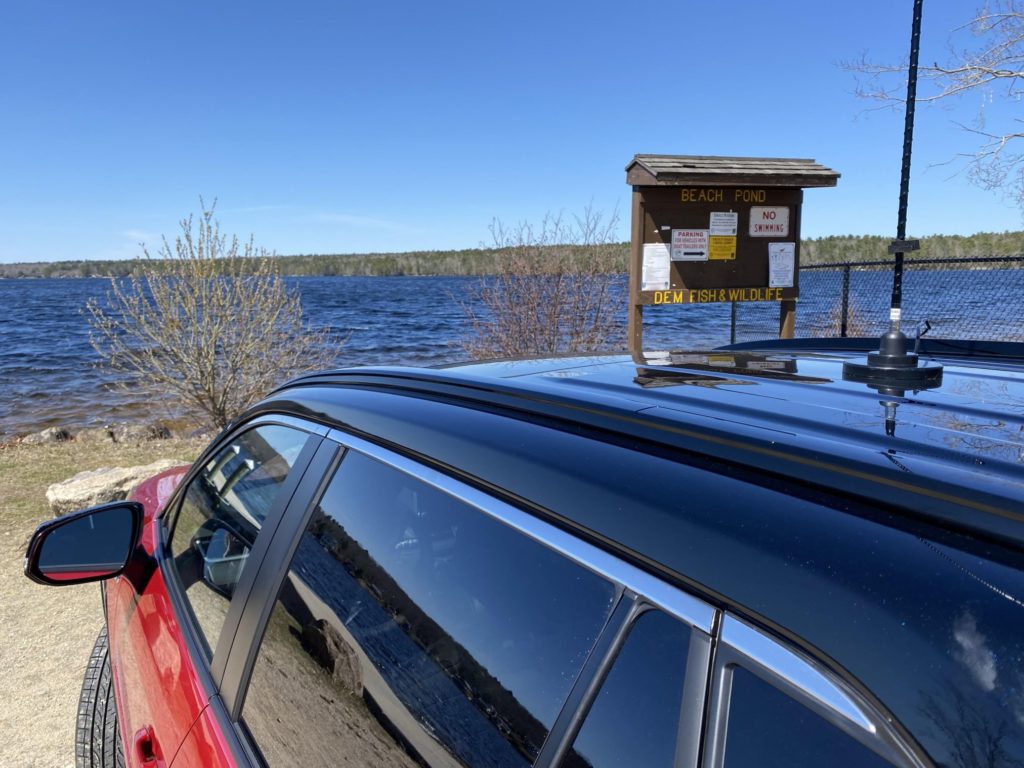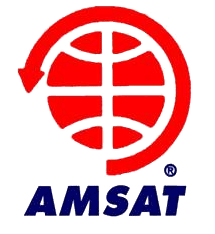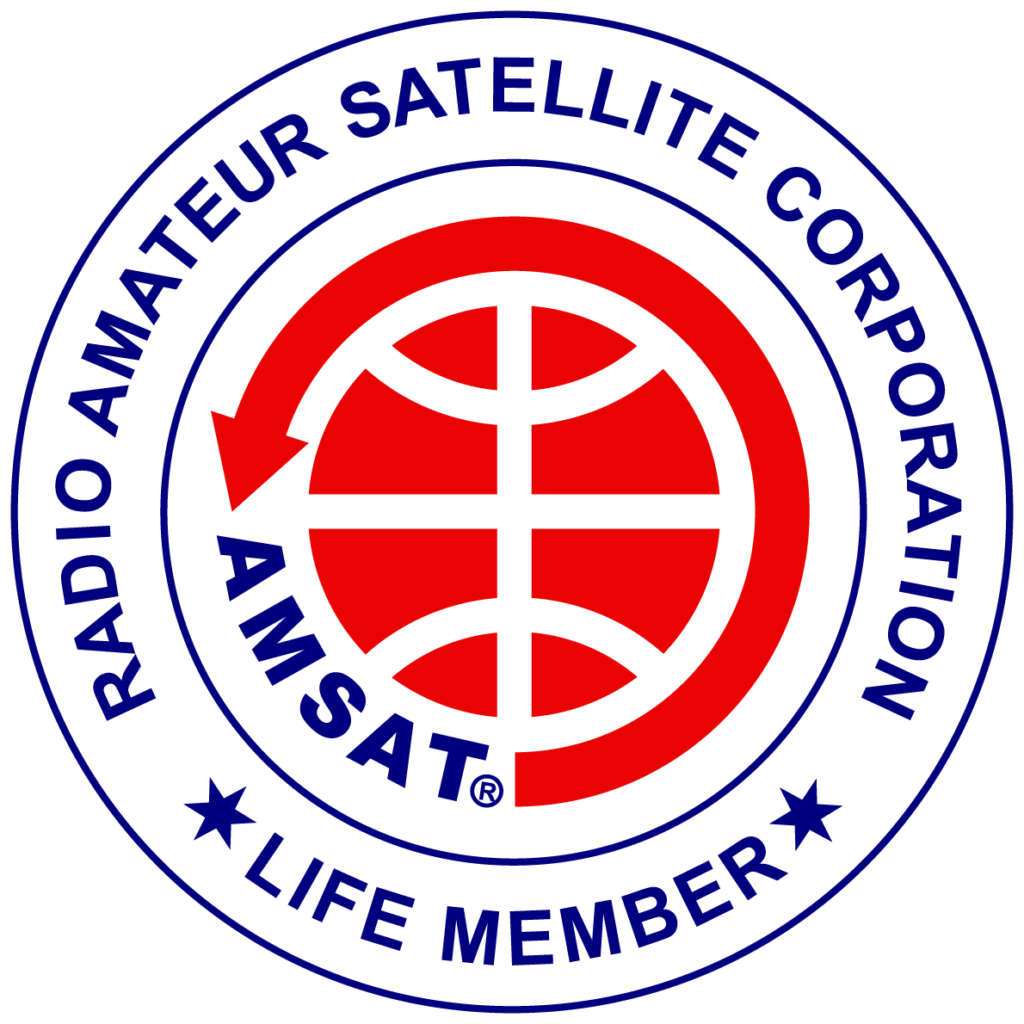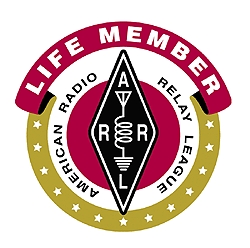When I restarted my hobby back in 2011, I had recalled the horror stories of folks using switching power supplies and having RFI all over the HF and VHF bands. So I decided to use a traditional linear power supply to run my rigs – An Astron RS-35M. Eleven years later and it is still working just fine, but I have a tendency to leave it powered on 24/7 because it makes a horrible thunk-noise when you first turn it on, and all the lights in the house blink. – not surprising since there is a massive inrush current if you happen to power it on near the peak of the AC waveform. I was even willing to put up with the #1 failure mode of a linear supply, which is the output stage failing short, resulting in 18 volts on the DC output (which can fry electronics), to avoid the RFI.
Modern switching power supplies have come a long way in that time, and I have deployed several Powerwerx SS-30DV switching supplies to run various rigs. I have found them to be RFI free (at least nothing I can find in the 160m-70cm ham bands). Not only are they less than half the cost of a linear supply, and about 1/8th the weight and volume, if they fail, they fail output open (0 volts). I was really convinced when Elecraft decided to market that supply several years ago.
I’ve always wondered how much running that linear supply cost me over the years. I can only guess, but assuming I turned it off for 165 days out of the year, and left it on for 200 days, then it was powered on for 2,200 days, or 48,000 hours.
Rhode Island has some of the most beautiful coastline in the country, but we pay a price to live in the Ocean State. RI’s electrical rate is one of the highest in the country, and is currently right at $0.25 per KWH, delivered. Due to the energy situation, it is expected to rise to $0.29 this October. So paying attention to what is powered on 24/7 is becoming more important.
I decided to do some power measurements using a commercial AC power meter; one that is especially good at reading lower power loads. When I checked out my RS-35M, I found that it pulled 25 watts when turned on with no loads attached. This makes sense because the case gets warm even when not using it. So during the time that it was on, I likely consumed 1.2 Megawatts of power – YIKES! At $0.25 per KWH, that is $313 or about $29 a year. Boy I wish I could get some of that money back!
So what about the SS-30DV? The same meter indicated it consumes 5 watts when turned on with no loads attached. So changing to a switching power supply. Under the same conditions, leaving it on 24×7 for 200 days a year, will cost me $6. It sounds like replacing the linear supply will have a 6 year payback – and likely even shorter, because I will feel free to turn it off frequently (no huge thunk-noise from the in-rush current).
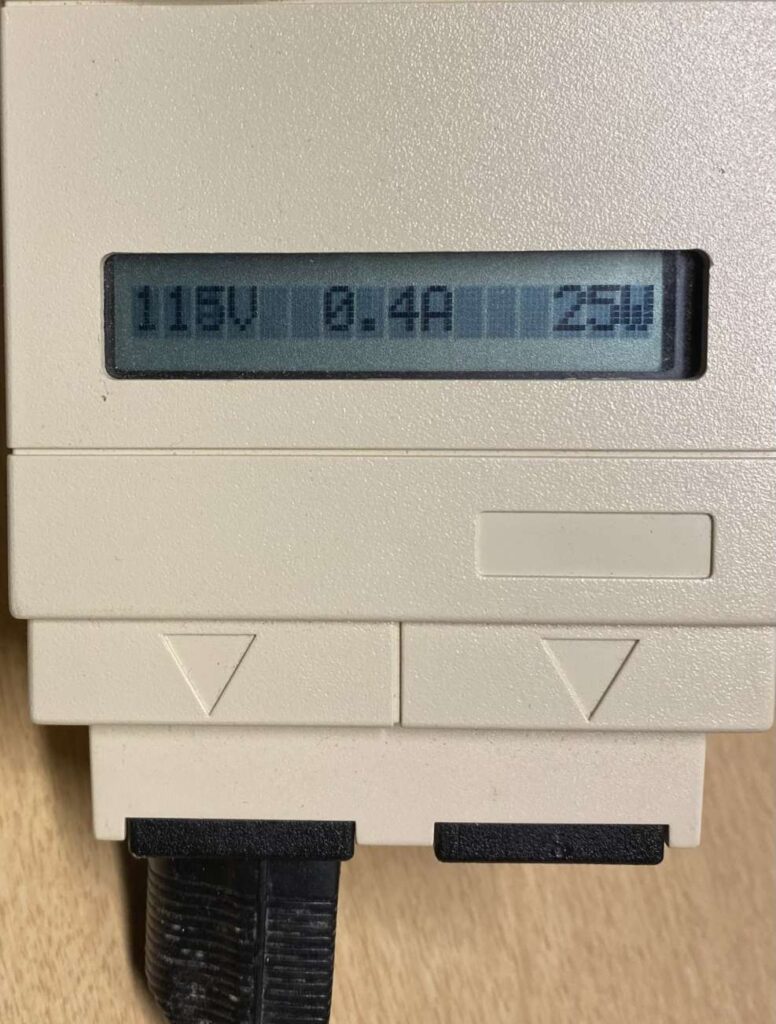
Legrand/Wattstopper AC Power Meter showing RS-35M pulling 25 watts with no loads attached.





